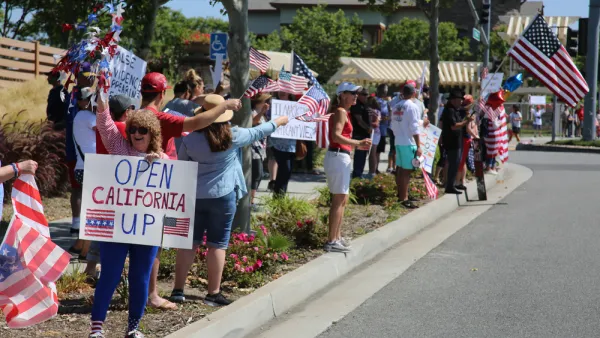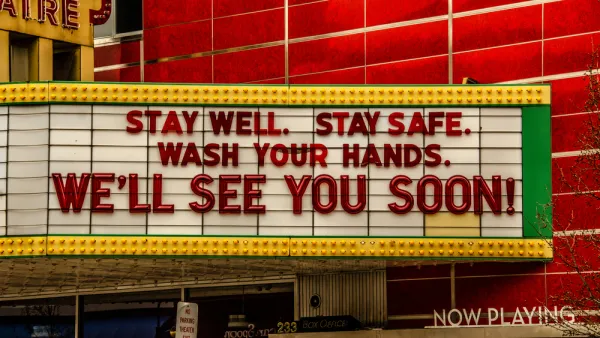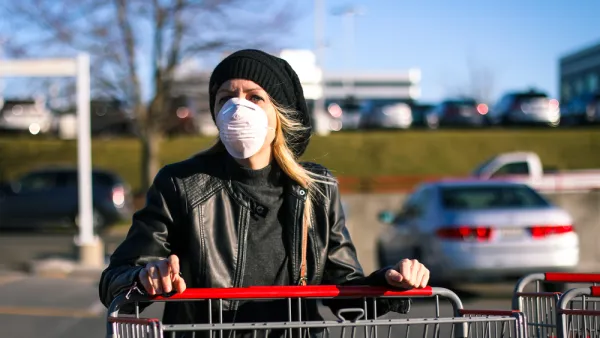While not conclusive, evidence suggests that relatively few transmissions of the coronavirus occurred during the widespread protests that followed the death of George Floyd due to the outdoor settings, being in motion and wearing of masks.

"Now, some public health officials and disease trackers say there appears to be scant evidence the protests sparked widespread outbreaks," reports "Others say that because many states reopened about the same time as the protests, and because of the limits of contact tracing, they simply can’t say for sure."
In other cities, officials were less willing to dismiss the potential role of the demonstrations. Other activities and events are also recognized as contributing to the surge.
On the other hand, actual documentation exists for what are called superspreading events or activities that are largely indoors, such as a church choir practice in Skagit County, Washington, events at a synagogue in New Rochelle, N.Y. and a cult church in Daegu, South Korea.
“While outdoor transmission is certainly possible, it does seem like it happens less frequently and that’s one of the reasons why: Your exposure is going to be higher indoors,” said Angela L. Rasmussen, a virologist at Columbia University.
Related in Planetizen:
- COVID's New Demographic, June 29, 2020
FULL STORY: Protests probably didn’t lead to coronavirus spikes, but it’s hard to know for sure

Analysis: Cybertruck Fatality Rate Far Exceeds That of Ford Pinto
The Tesla Cybertruck was recalled seven times last year.

National Parks Layoffs Will Cause Communities to Lose Billions
Thousands of essential park workers were laid off this week, just before the busy spring break season.

Retro-silient?: America’s First “Eco-burb,” The Woodlands Turns 50
A master-planned community north of Houston offers lessons on green infrastructure and resilient design, but falls short of its founder’s lofty affordability and walkability goals.

Test News Post 1
This is a summary

Analysis: Cybertruck Fatality Rate Far Exceeds That of Ford Pinto
The Tesla Cybertruck was recalled seven times last year.

Test News Headline 46
Test for the image on the front page.
Urban Design for Planners 1: Software Tools
This six-course series explores essential urban design concepts using open source software and equips planners with the tools they need to participate fully in the urban design process.
Planning for Universal Design
Learn the tools for implementing Universal Design in planning regulations.
EMC Planning Group, Inc.
Planetizen
Planetizen
Mpact (formerly Rail~Volution)
Great Falls Development Authority, Inc.
HUDs Office of Policy Development and Research
NYU Wagner Graduate School of Public Service




























